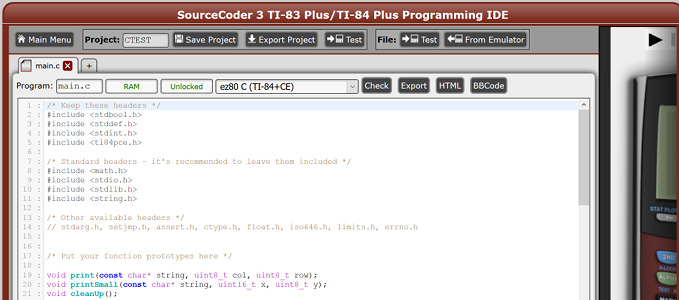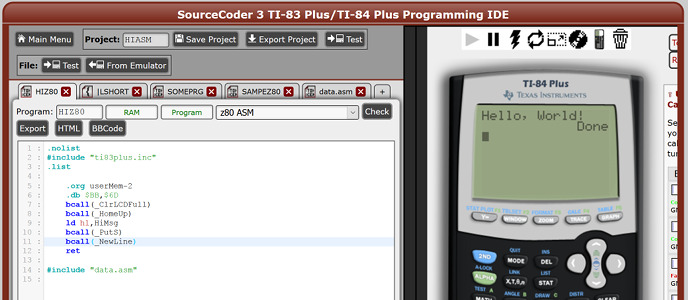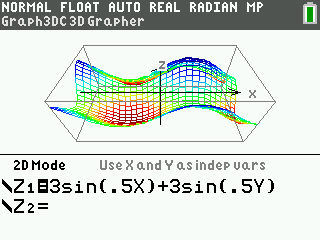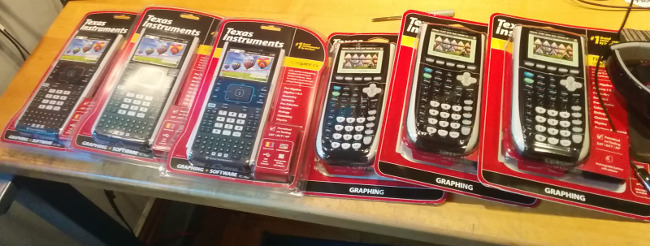Happy Easter! We're happy to announce the official launch of the Cemetech Minecraft 1.9 server (mc.cemetech.net). After about three months of hard work from dedicated members preparing the server, its spawn, its rules, and its plugins, not to mention a week-long soft launch in which we ironed out the bugs and started building a lot of activity on the server, we're proud to welcome you to the server. Way back in August 2012, after several of us had played Minecraft on Evocat.us for several years, we launched our own Minecraft 1.5 server here on Cemetech, whitelisted and restricted to a few core members. New Year's 2014 saw the launch of a brand-new, open-to-all PvP server in Cemetech's Minecraft 1.7 server. With a goal of encouraging cool machines, impressive defenses, beautiful builds, and crafty, political PvP, it was a resounding success, with a peak of about 12 active towns containing hundreds of members and dozens of active players. After players became increasingly divided on the intrigue and heartbreak of PvP and sanctioned theft, we switched to Intellectual Survival with Minecraft 1.8, retaining the philosophy of big, impressive builds and clever machines, but removing involuntary PvP and theft. Finally, the Cemetech Minecraft 1.9 server builds on the Intellectual Survival successes, encouraging players to work together to get started, then use their skills and imagination to build towns, cities, railroads, machines, and more.
Like Cemetech itself, our Minecraft server challenges players, asking them to think beyond cobble boxes, dirt houses, and straight-line railroads. The gameplay is semi-vanilla, and encourages players to explore the map to get Lapis Lazuli ore, used to buy towns, to work together with other players to build up those towns, to create ChestShops to trade with other players, to create auto-farming mechanisms, and in some cases to compete. As first introduced on the Minecraft 1.8 server, we hold frequent server-wide events, including Abba Caving matches, scavenger hunts for treasure, and more. I could tell you more, but the best way to experience the Cemetech Minecraft 1.9: Intellectual Survival server is to hop on and join us. You'll start in our huge, custom-built spawn, centered on a sky-scraping Mother Tree surrounded by jungles, paths, and the core stations of a railroad that will span the world. Take a look at the builds that are already underway, and if you want to play too, just ask a moderator to whitelist you for building.
I hope we'll see you on the server soon! Join mc.cemetech.net to start playing, and also check out the map, statistics, and videos below. If you've already tried the Minecraft 1.9 server and had fun, feel free to share your experiences in the attached topic. For today's launch, the border has been expanded an additional 250 blocks, so even if you haven't played during the soft-launch period, there will be a brand-new, untouched area for you to explore at the map's edges.
Media and More Information
 Server address: mc.cemetech.net
Server address: mc.cemetech.net
 Play @ Cemetech: Minecraft and Unreal Tournament 2004
Play @ Cemetech: Minecraft and Unreal Tournament 2004
 Cemetech Minecraft 1.9 map
Cemetech Minecraft 1.9 map
 Cemetech Minecraft 1.9 game statistics
Cemetech Minecraft 1.9 game statistics
 Kerm Martian's Let's Play of server's soft launch: Part 1, Part 2
Kerm Martian's Let's Play of server's soft launch: Part 1, Part 2
 TIFreak8x's Let's Play of server's soft launch: ,
TIFreak8x's Let's Play of server's soft launch: ,
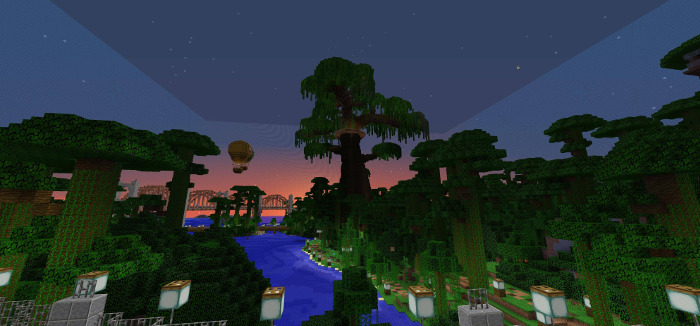
Like Cemetech itself, our Minecraft server challenges players, asking them to think beyond cobble boxes, dirt houses, and straight-line railroads. The gameplay is semi-vanilla, and encourages players to explore the map to get Lapis Lazuli ore, used to buy towns, to work together with other players to build up those towns, to create ChestShops to trade with other players, to create auto-farming mechanisms, and in some cases to compete. As first introduced on the Minecraft 1.8 server, we hold frequent server-wide events, including Abba Caving matches, scavenger hunts for treasure, and more. I could tell you more, but the best way to experience the Cemetech Minecraft 1.9: Intellectual Survival server is to hop on and join us. You'll start in our huge, custom-built spawn, centered on a sky-scraping Mother Tree surrounded by jungles, paths, and the core stations of a railroad that will span the world. Take a look at the builds that are already underway, and if you want to play too, just ask a moderator to whitelist you for building.
I hope we'll see you on the server soon! Join mc.cemetech.net to start playing, and also check out the map, statistics, and videos below. If you've already tried the Minecraft 1.9 server and had fun, feel free to share your experiences in the attached topic. For today's launch, the border has been expanded an additional 250 blocks, so even if you haven't played during the soft-launch period, there will be a brand-new, untouched area for you to explore at the map's edges.
Media and More Information





